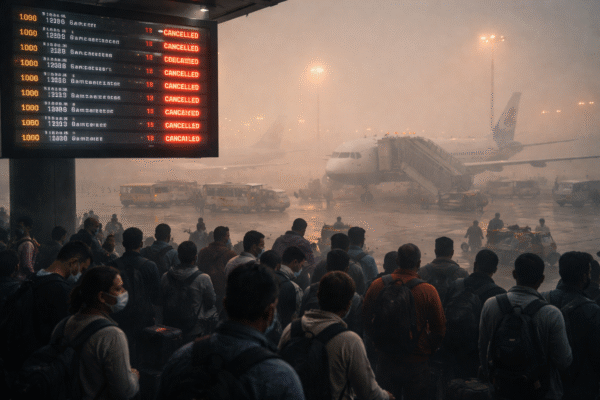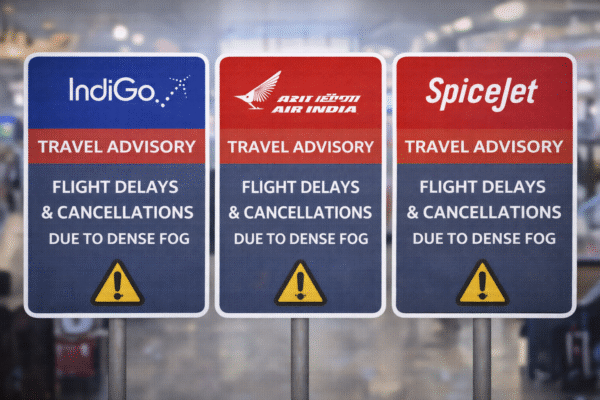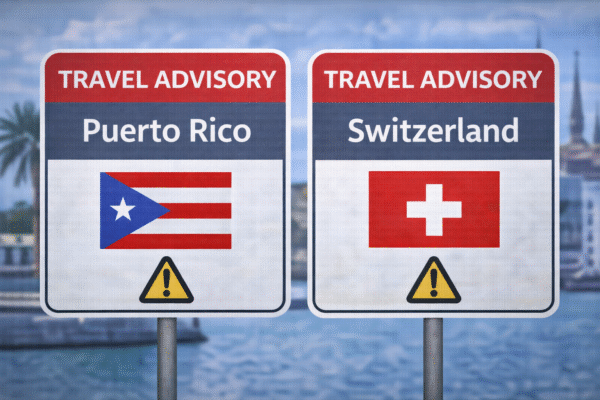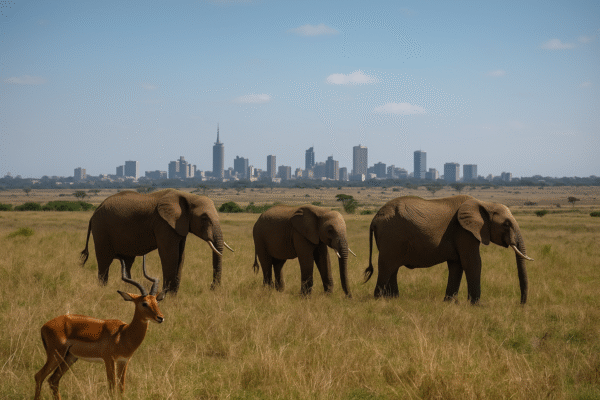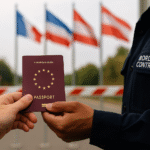Australia has formally updated its travel guidance for Kenya, aligning with Canada, the United States, the United Kingdom, and New Zealand in urging travelers to remain cautious when visiting the East African nation. The collective advisories highlight risks associated with terrorism, violent crime, and civil unrest while emphasizing that Kenya continues to offer world-renowned attractions that draw millions of tourists annually.
Border Counties Under High Alert
The most serious concerns are concentrated along Kenya’s borders with Somalia, South Sudan, and Ethiopia. Armed groups and cross-border criminal activity have long been challenges in Mandera, Wajir, Garissa, Turkana, and Marsabit counties. Kidnappings, armed ambushes, and sporadic attacks have been reported in these areas, making them unsuitable for non-essential travel. Visitors are strongly advised to avoid journeys to these regions entirely, particularly where government presence is limited and emergency responses may be delayed.
Caution Along the Coast
Kenya’s Indian Ocean coastline is one of its most famous tourism assets, known for its white sandy beaches, marine parks, and Swahili heritage. However, advisories identify several sections as high-risk, particularly Lamu County, parts of Tana River, and northern Kilifi beyond Malindi. These zones have seen incidents of armed attacks, piracy, and banditry, often targeting both locals and visitors. Travelers who choose to visit Kenya’s coast are encouraged to stay within well-secured resorts, avoid isolated areas, and remain aware of local conditions. Safer alternatives can be found further south, including popular beach destinations near Diani and Mombasa, which continue to attract international visitors.
Urban Risks in Nairobi
Kenya’s bustling capital Nairobi is both the gateway to the country’s safari circuit and a major international hub. However, certain neighborhoods—including Eastleigh, Kibera, and Pangani—are consistently flagged for elevated risks. Petty theft, armed robbery, and carjackings are possible even in areas frequented by tourists. Demonstrations and political gatherings, particularly during national anniversaries or election seasons, can escalate quickly and disrupt travel. Visitors are advised to avoid large crowds, remain alert in public spaces, and arrange transportation through reputable providers. Even in central business districts, vigilance is encouraged, particularly after dark.
Shared Global Concerns
The alignment of advisories by five major Western governments underscores a consistent message: Kenya remains a top destination, but its security challenges require careful management. Key concerns include terrorism linked to militant groups operating near the Somalia border, opportunistic crimes in urban centers, and sporadic outbreaks of unrest. By harmonizing warnings, these countries signal a unified recognition of risks while reaffirming that informed travelers can still enjoy Kenya’s vast cultural and natural offerings.
Recommendations for Travelers
To minimize risks, visitors are urged to:
- Avoid all non-essential travel to border counties near Somalia, South Sudan, and Ethiopia.
- Reconsider visits to high-risk coastal areas, especially in Lamu, Tana River, and Kilifi north of Malindi.
- Remain vigilant in Nairobi, particularly in neighborhoods known for crime and during political demonstrations.
- Use only reliable transport services and avoid night-time travel in unfamiliar areas.
- Stay at accommodations with robust security protocols, such as controlled access and 24-hour monitoring.
- Monitor local news and official advisories for updates on safety conditions.
- Obtain comprehensive travel insurance that includes medical evacuation coverage.
Health and Environmental Awareness
Beyond security issues, travelers should remain aware of health and environmental hazards. Risks include unsafe food or beverages, opportunistic scams, and exposure to tropical diseases. Seasonal floods and, in rare cases, seismic activity also impact certain areas. Tourists planning coastal visits should familiarize themselves with tsunami and flood alerts, while those heading to wildlife reserves should remain mindful of park regulations and potential encounters with wild animals.
Balancing Risks with Rewards
Despite these cautions, Kenya continues to rank among Africa’s premier destinations. The Maasai Mara’s great migration, Amboseli’s elephant herds with Mount Kilimanjaro as a backdrop, and cultural experiences in Nairobi and coastal towns remain major draws. Safari lodges and beach resorts often maintain strong private security, giving visitors a safe base from which to explore. With smart planning and situational awareness, travelers can enjoy Kenya’s remarkable landscapes, vibrant traditions, and warm hospitality while staying protected.
Conclusion
The updated advisories serve as a reminder that while Kenya’s beauty is undeniable, prudent preparation is essential. Tourists are not being told to stay away but rather to stay informed, avoid high-risk areas, and prioritize safety throughout their journey. For those willing to plan carefully, Kenya still offers an unforgettable blend of wildlife, culture, and adventure—proof that vigilance and discovery can go hand in hand.
For more travel news like this, keep reading Global Travel Wire





